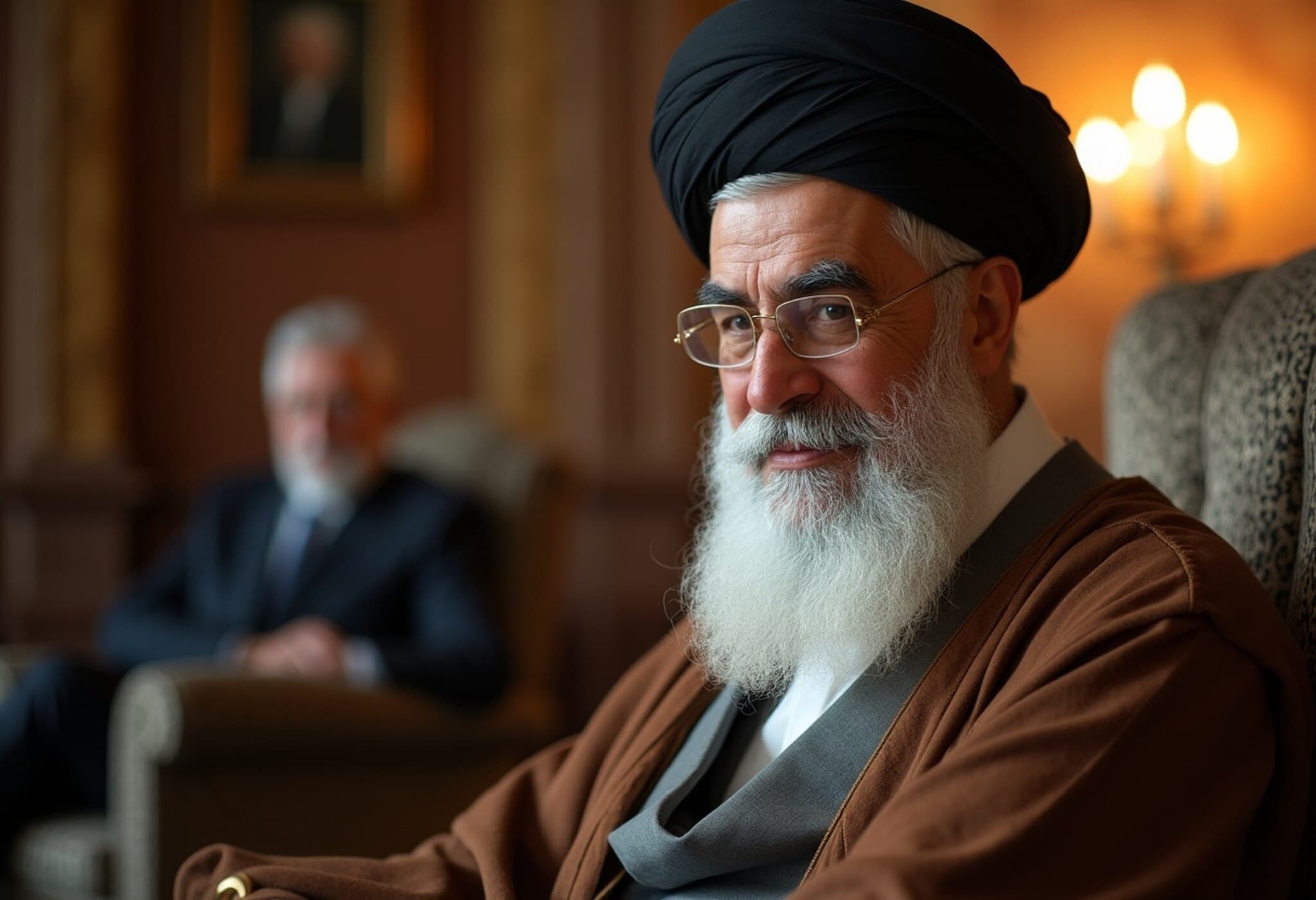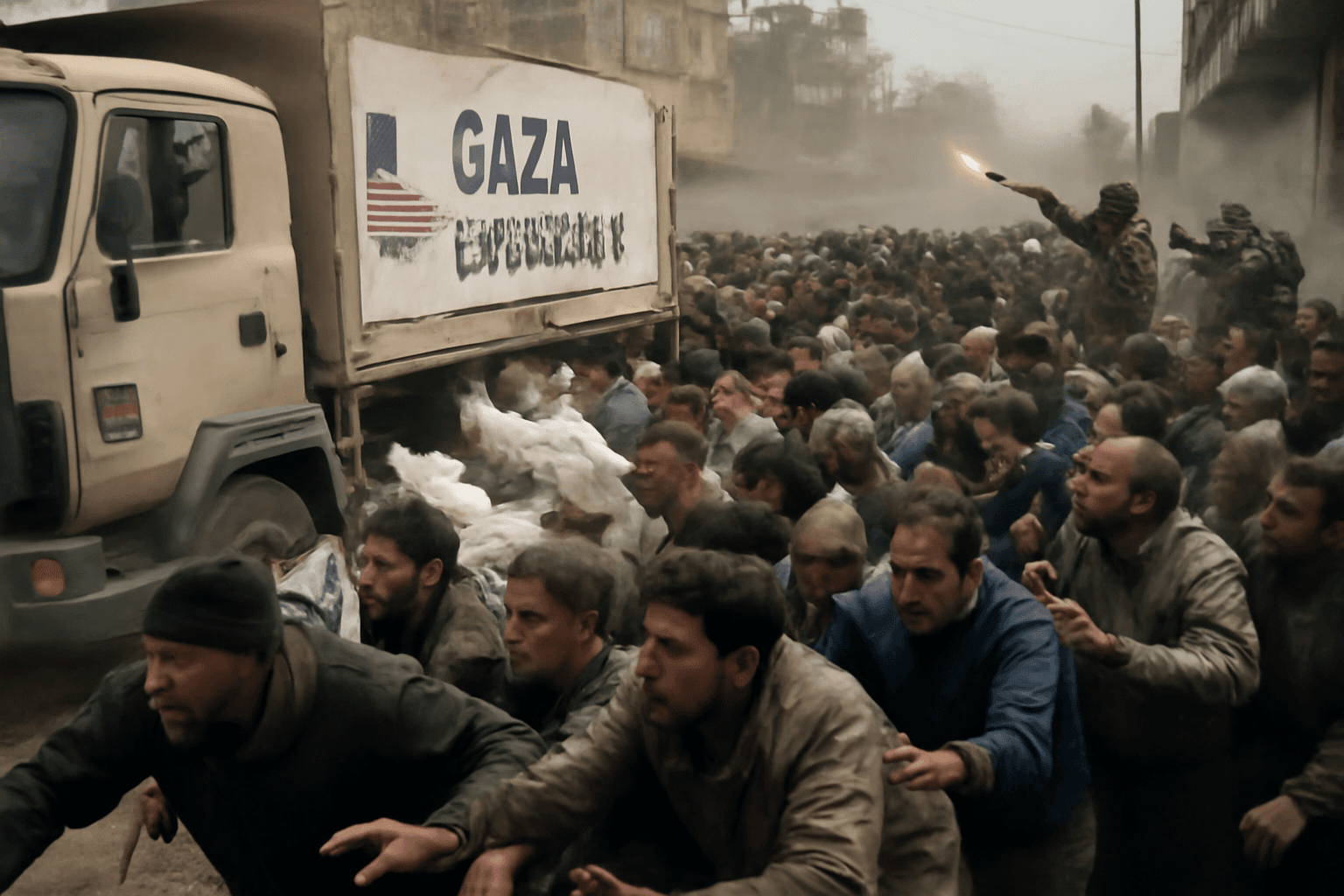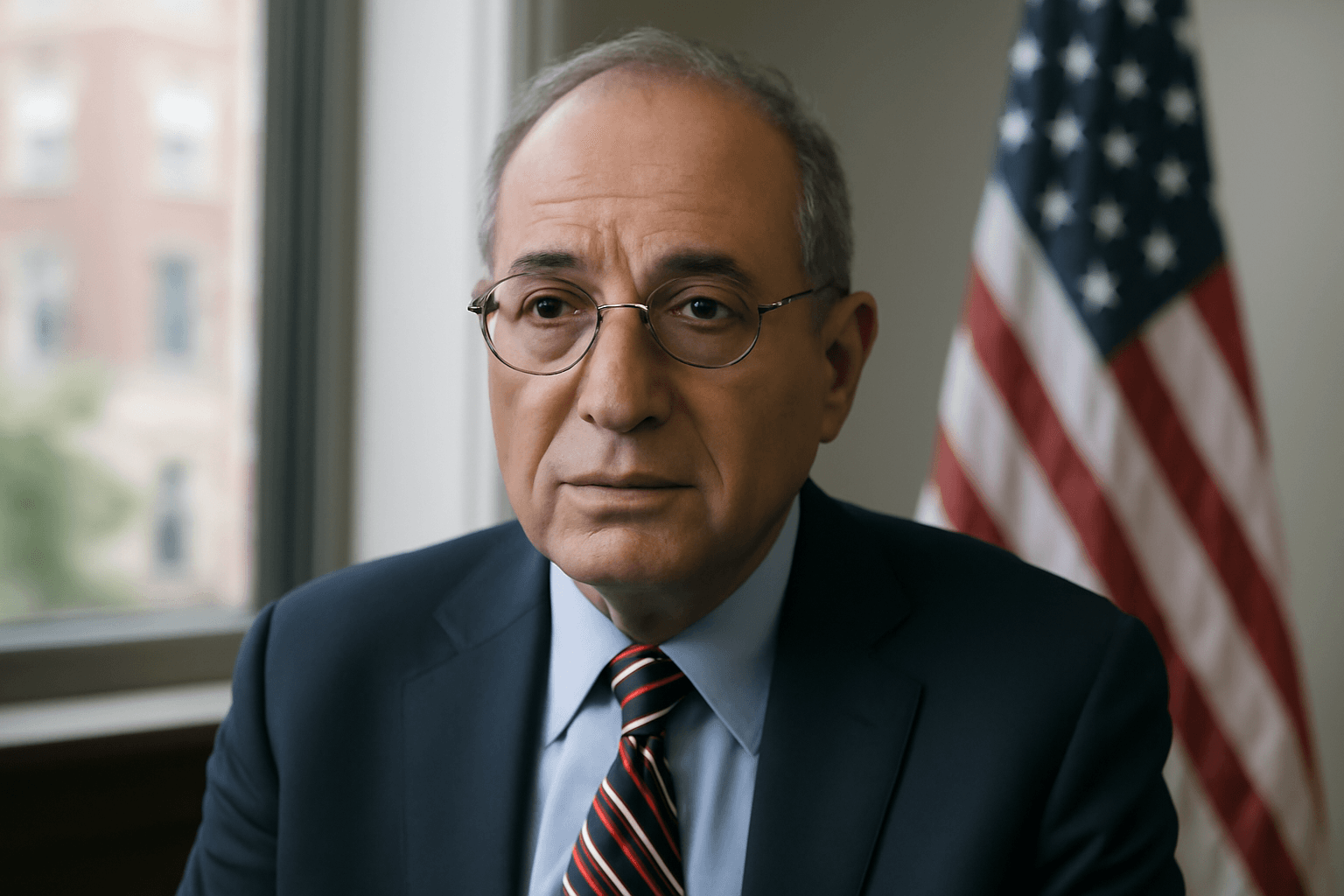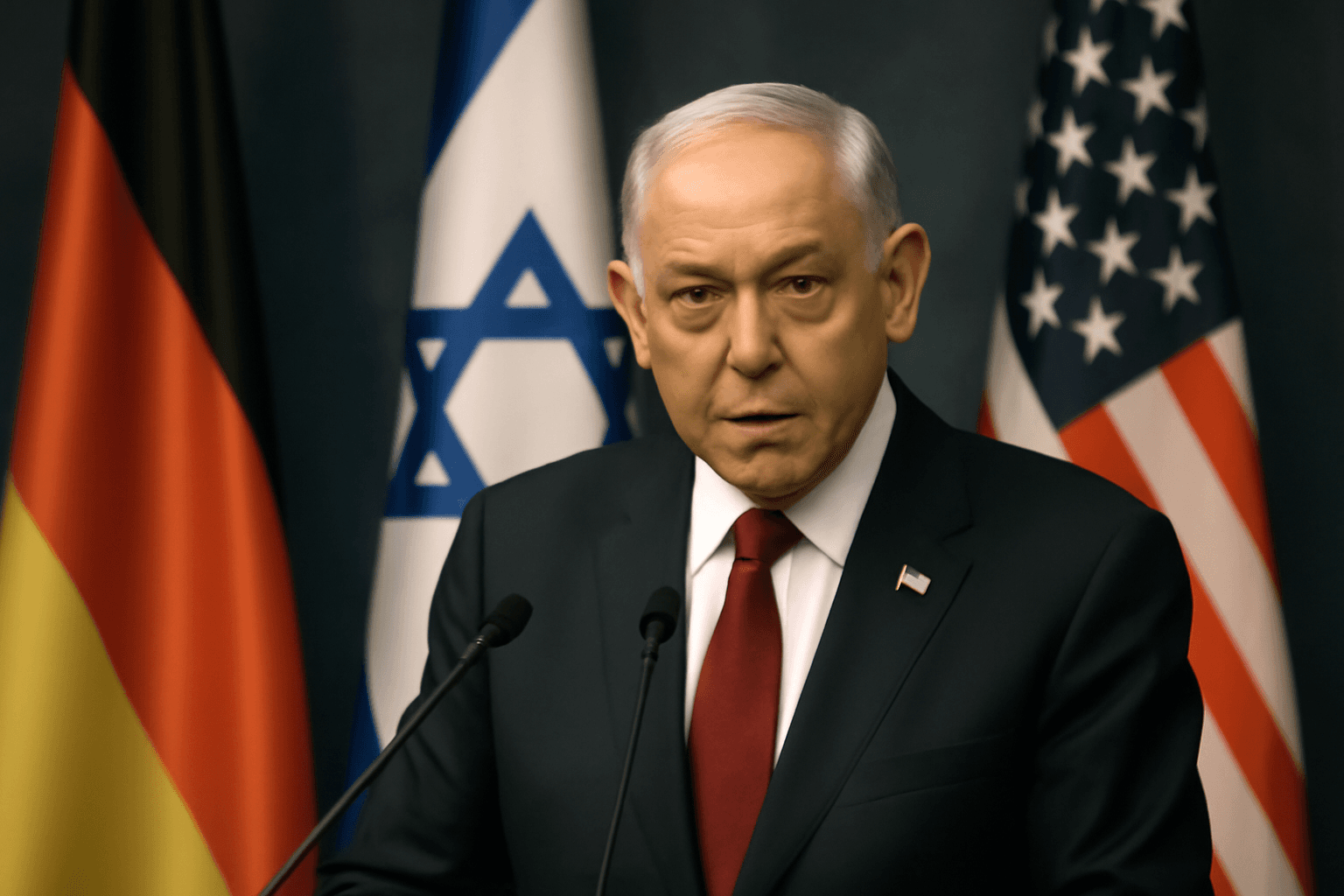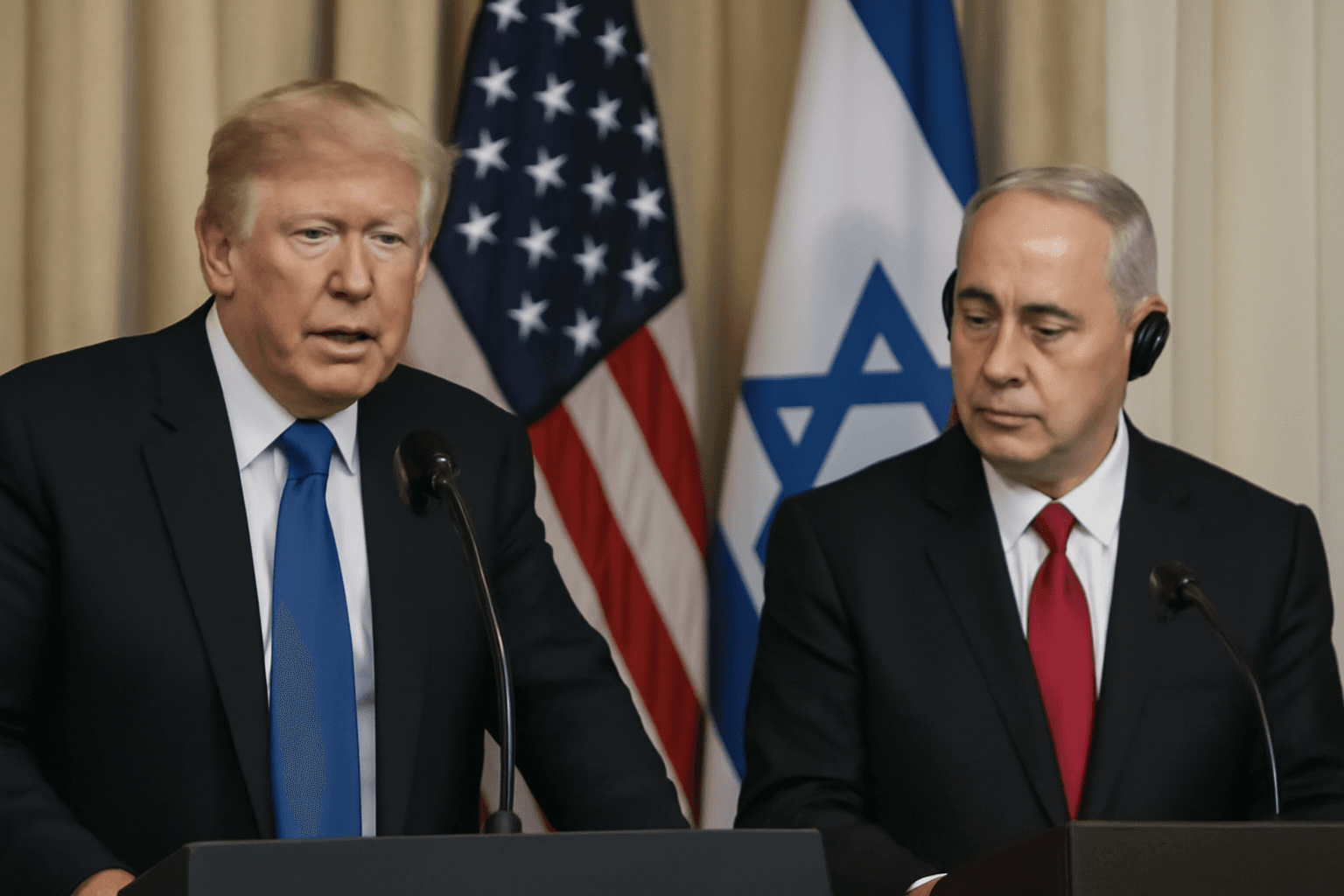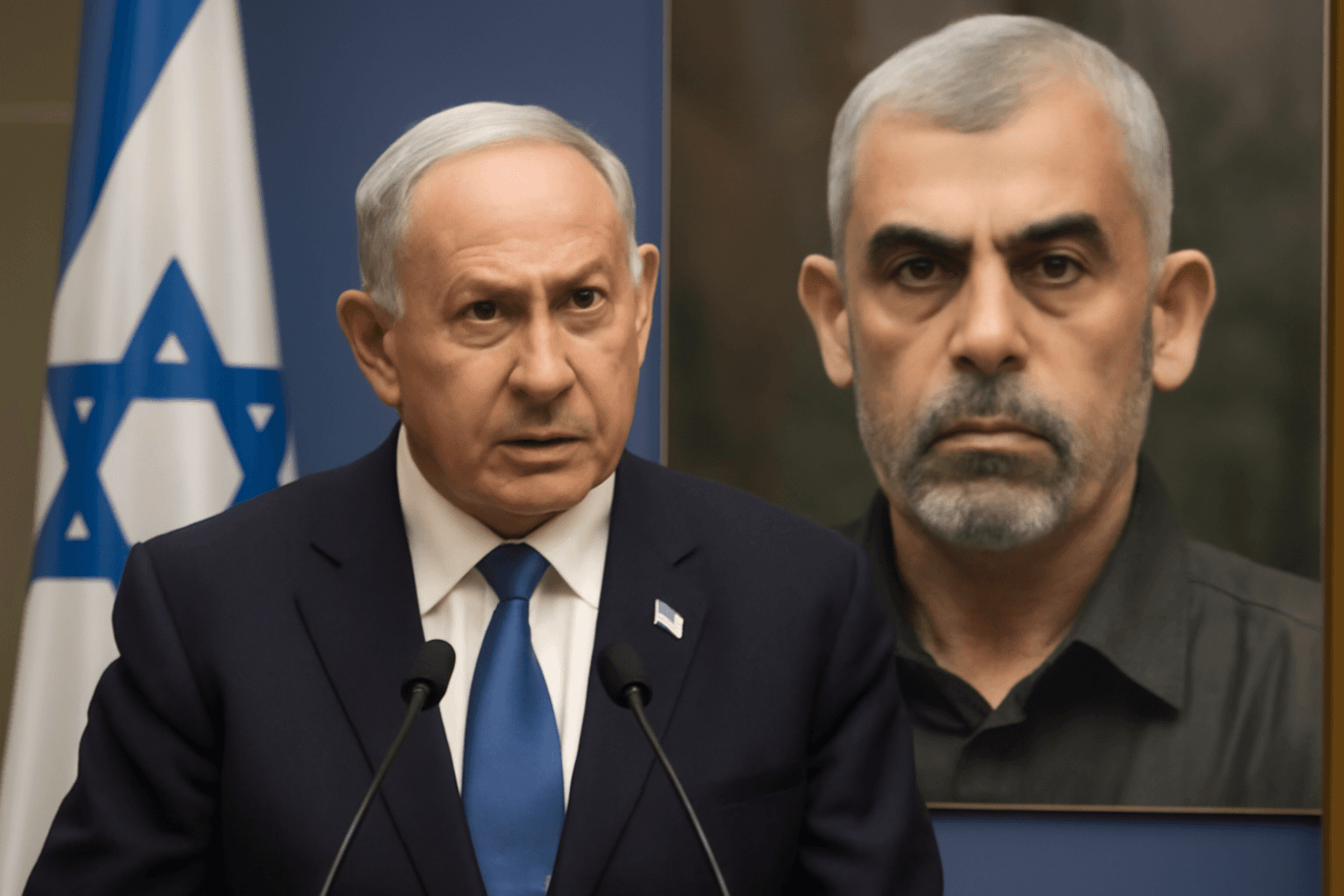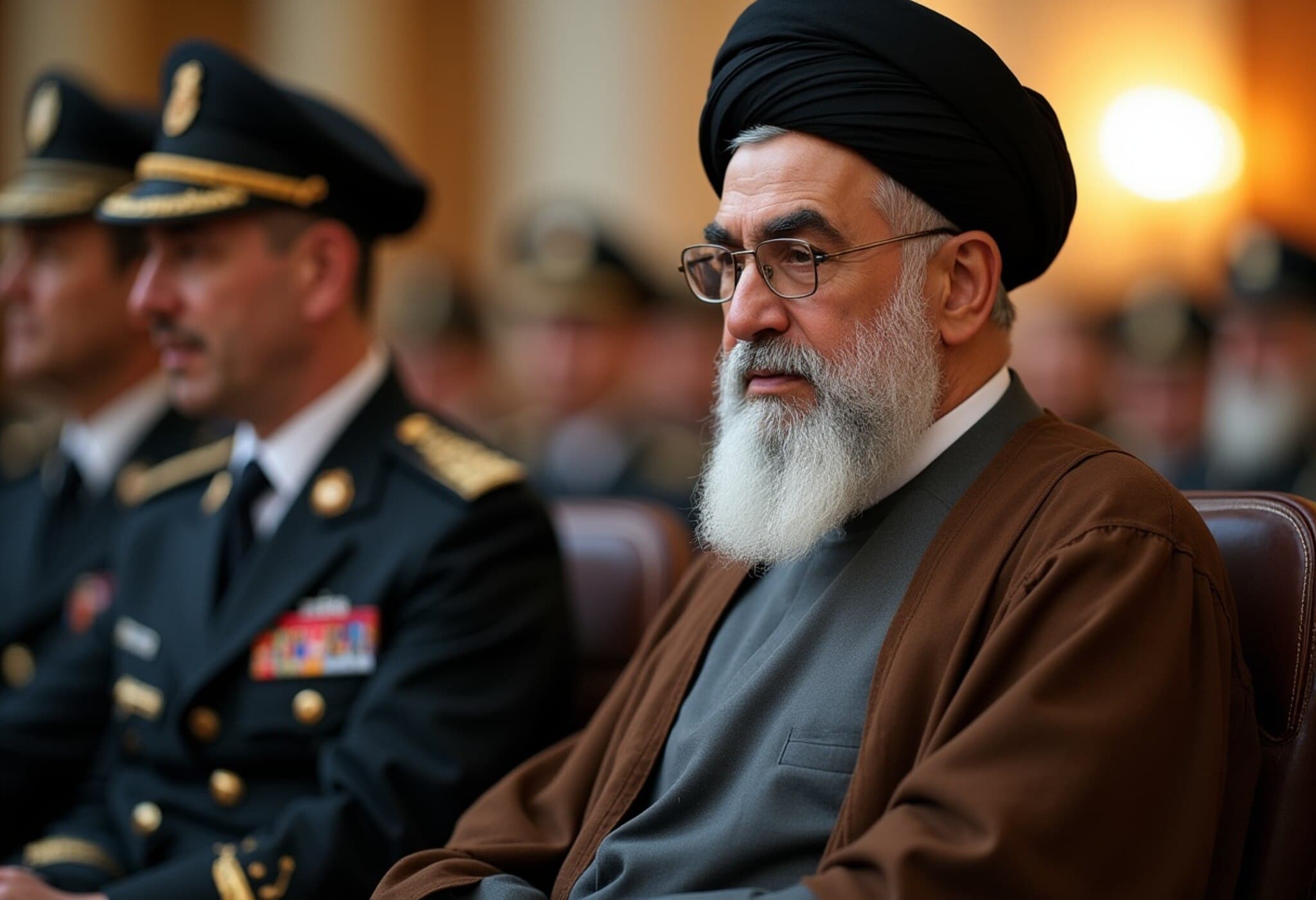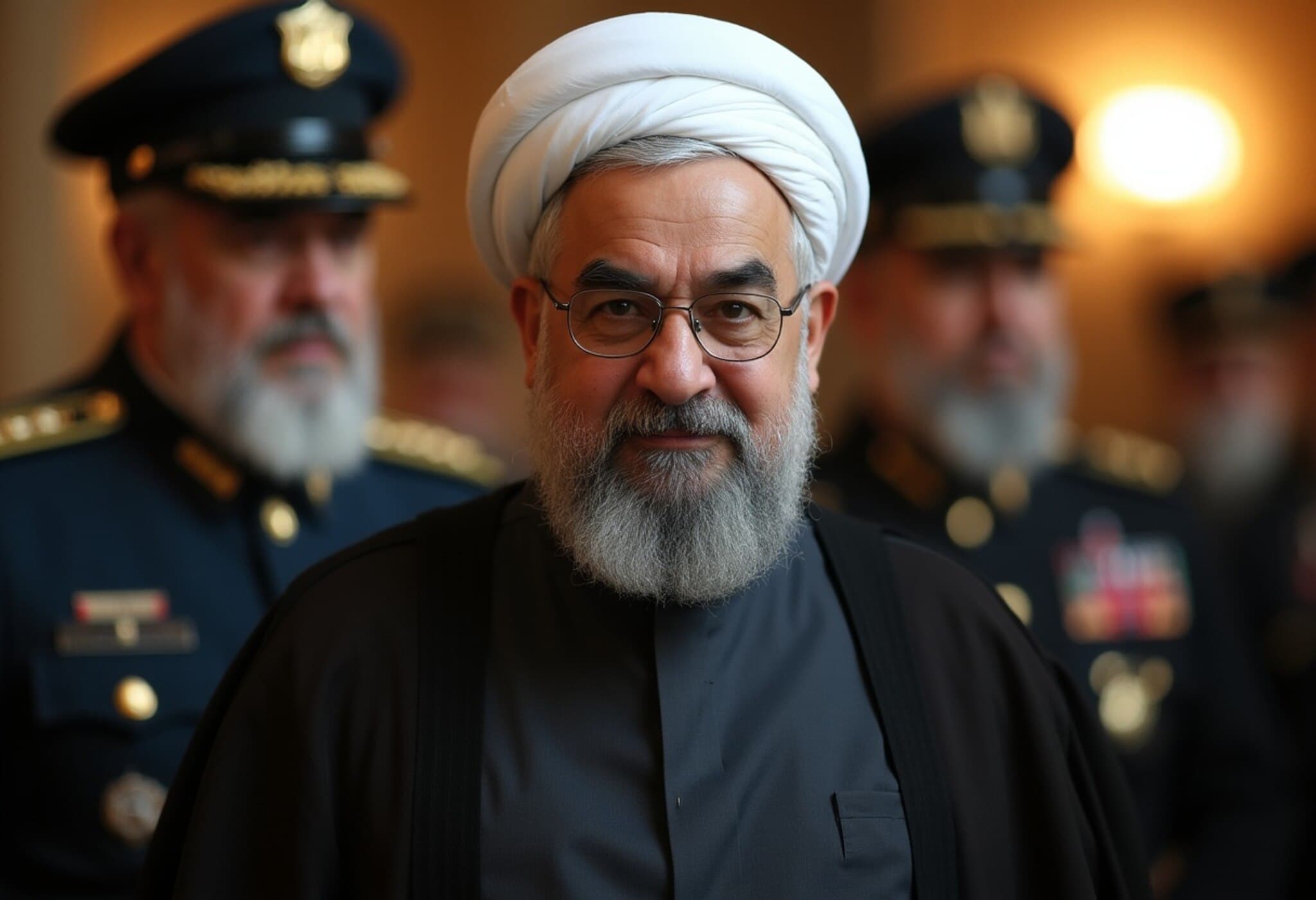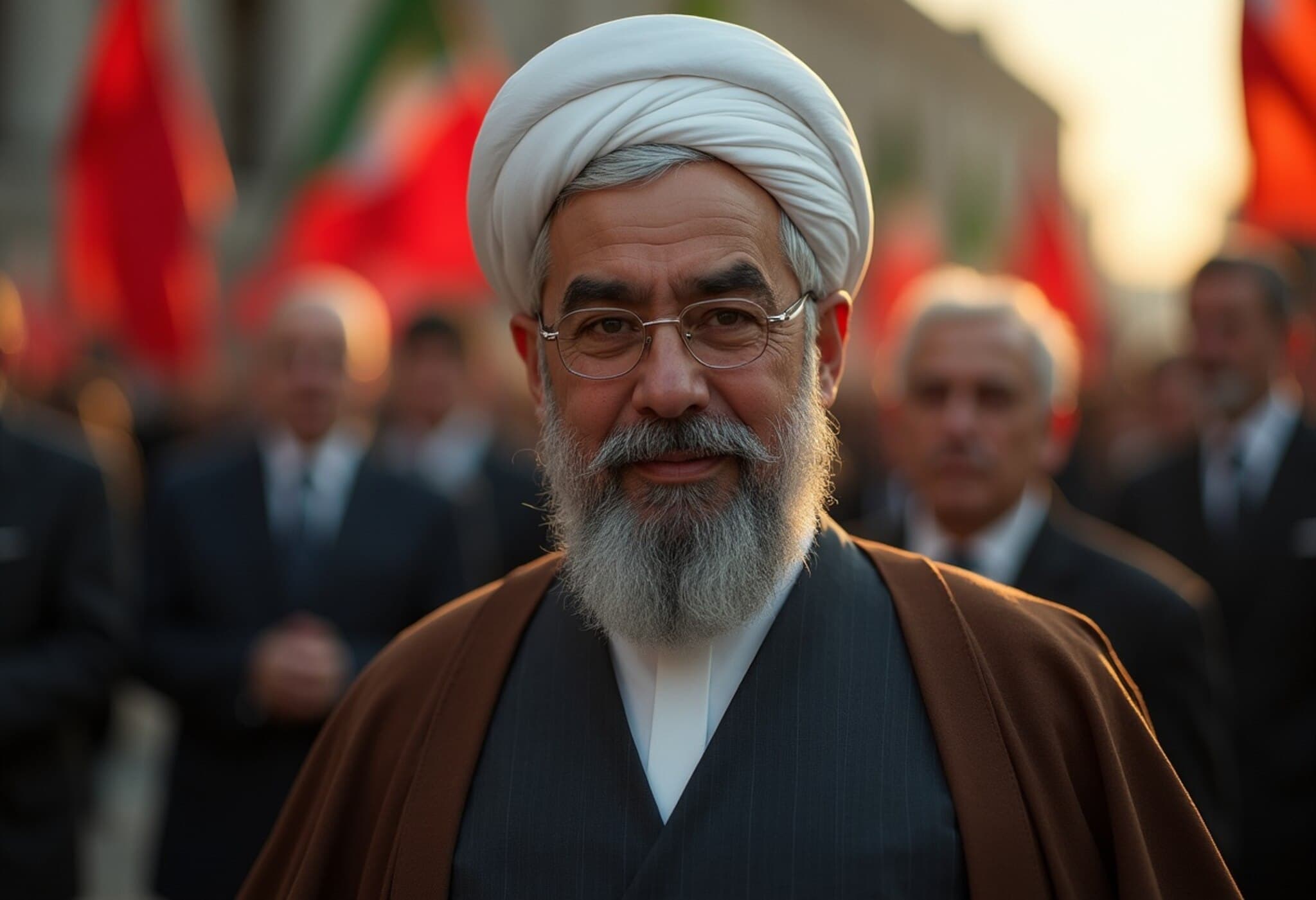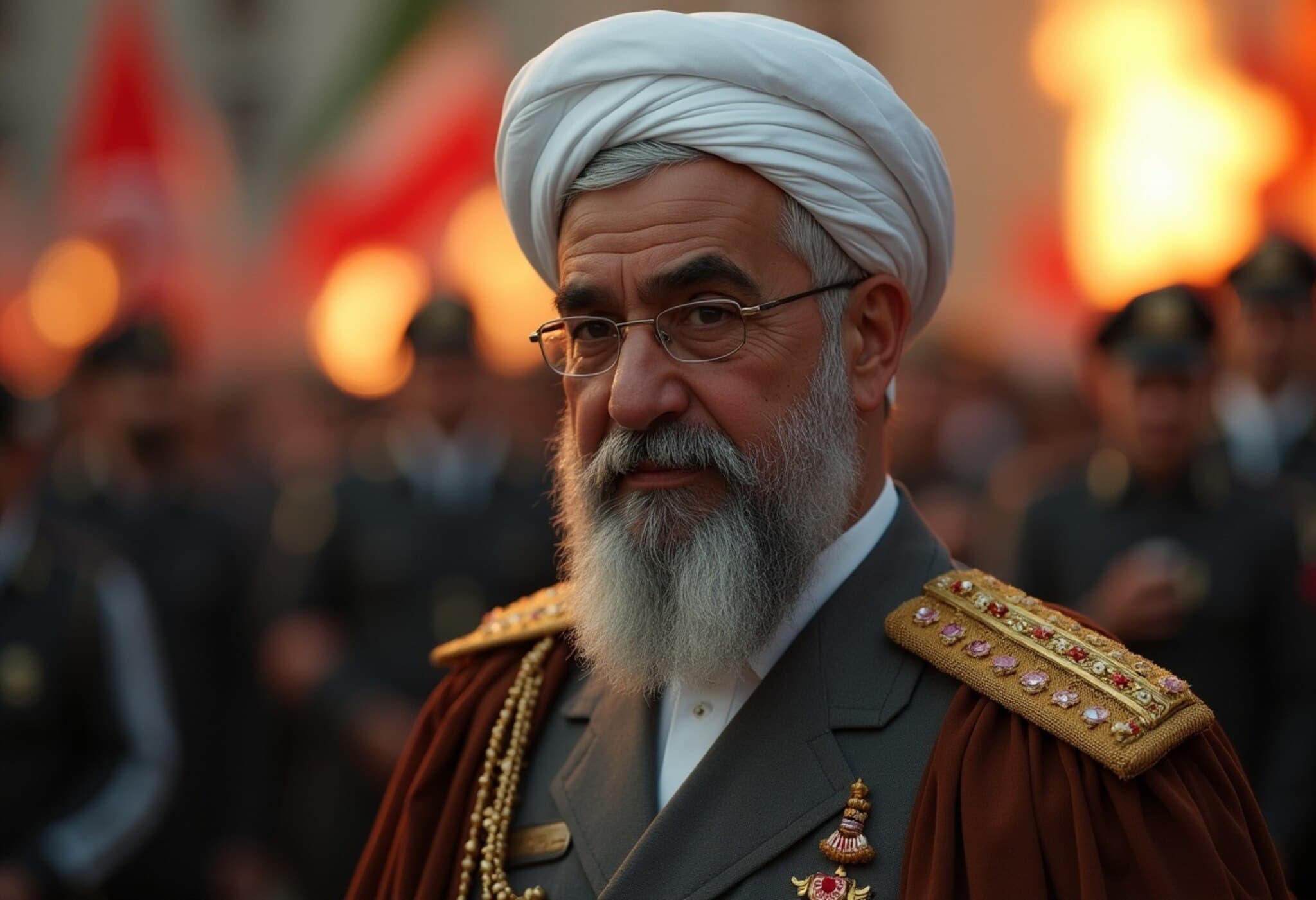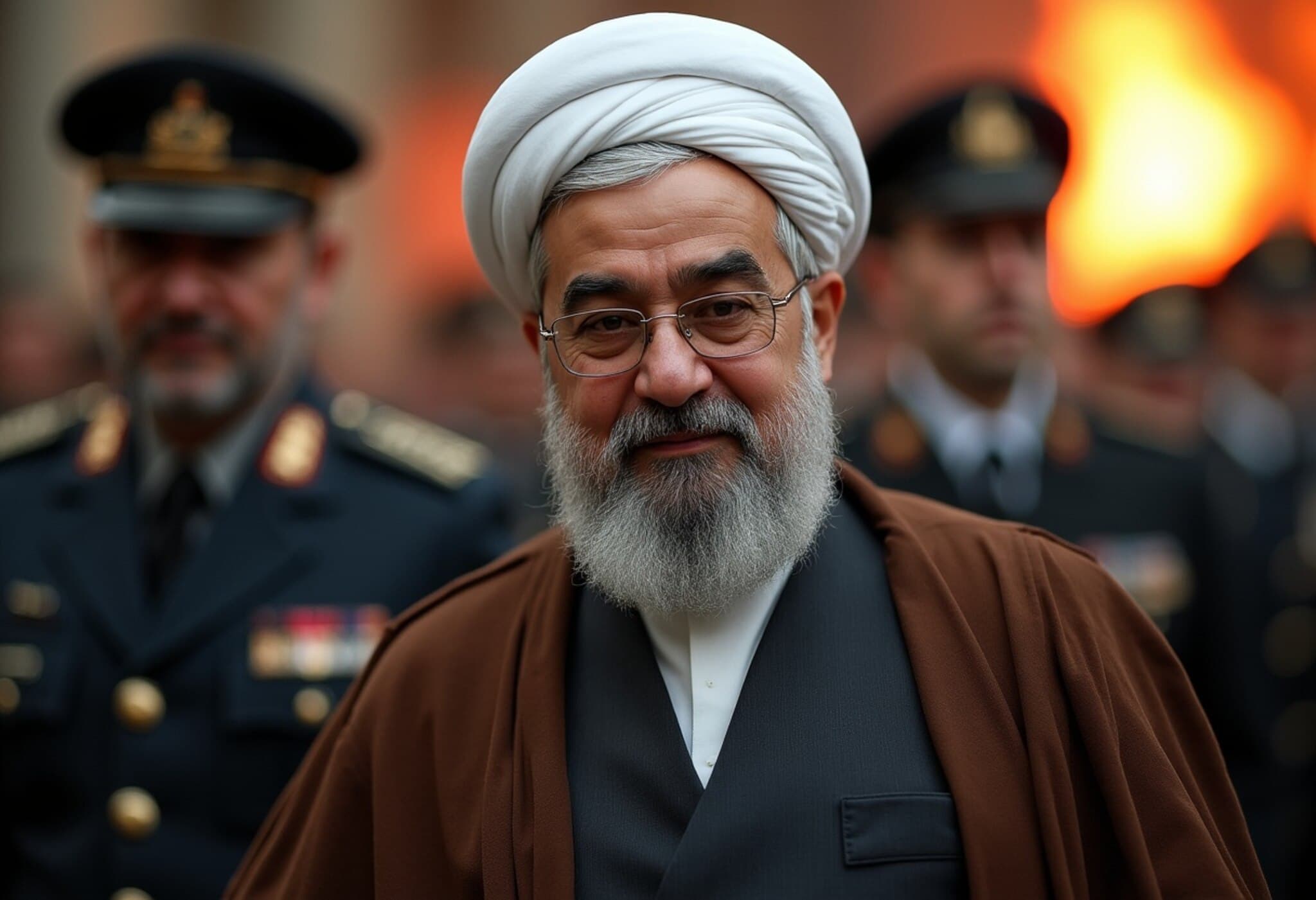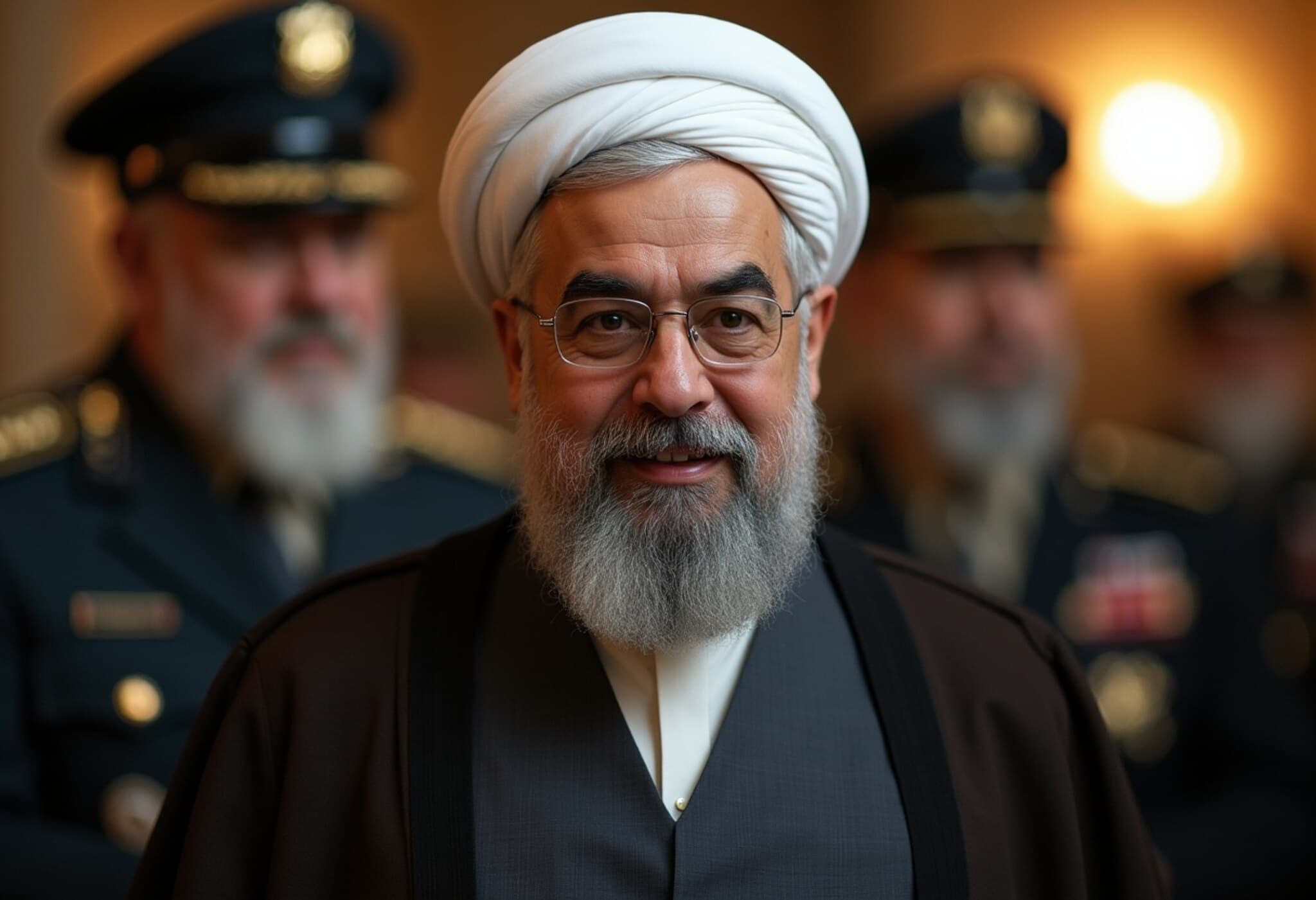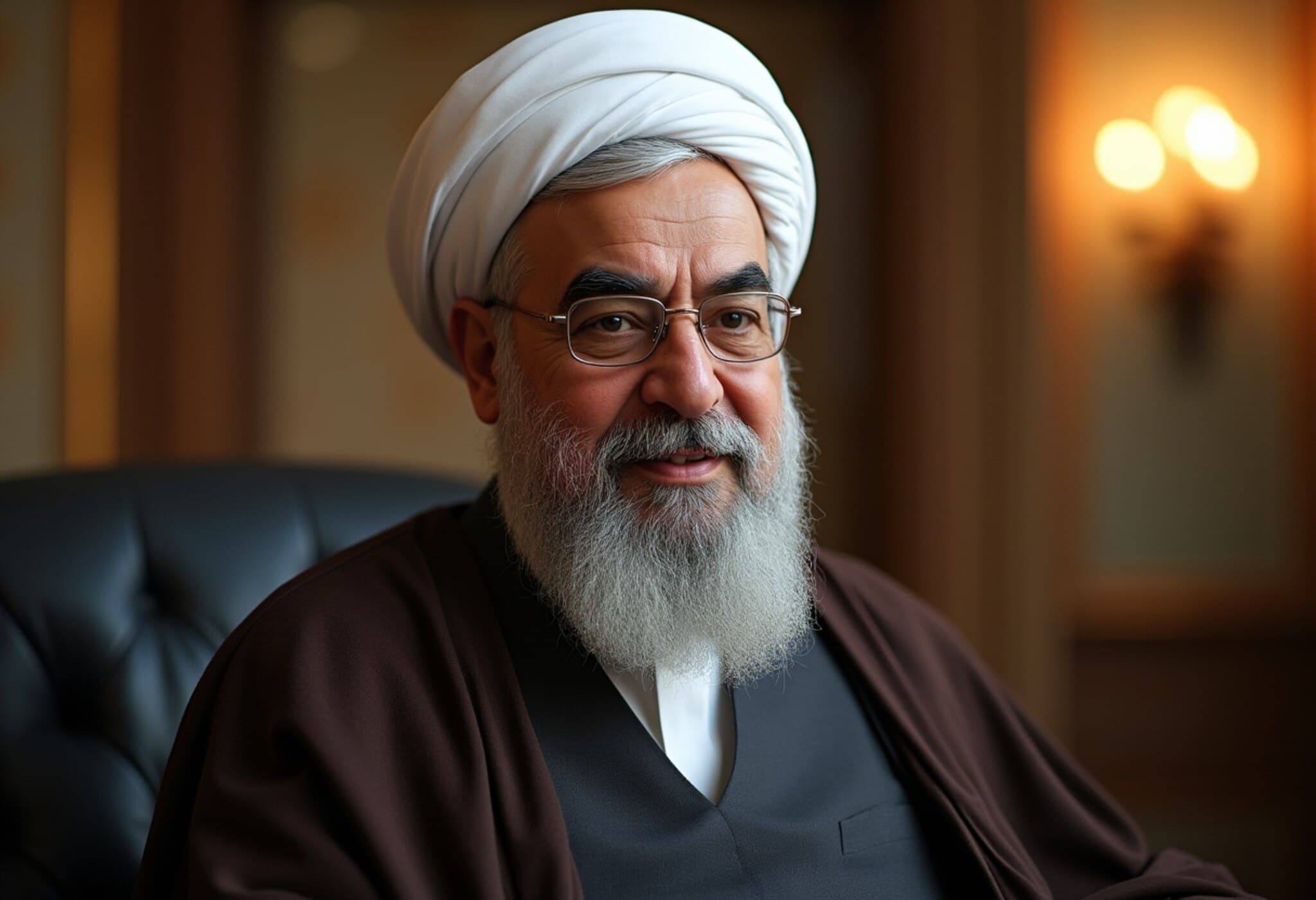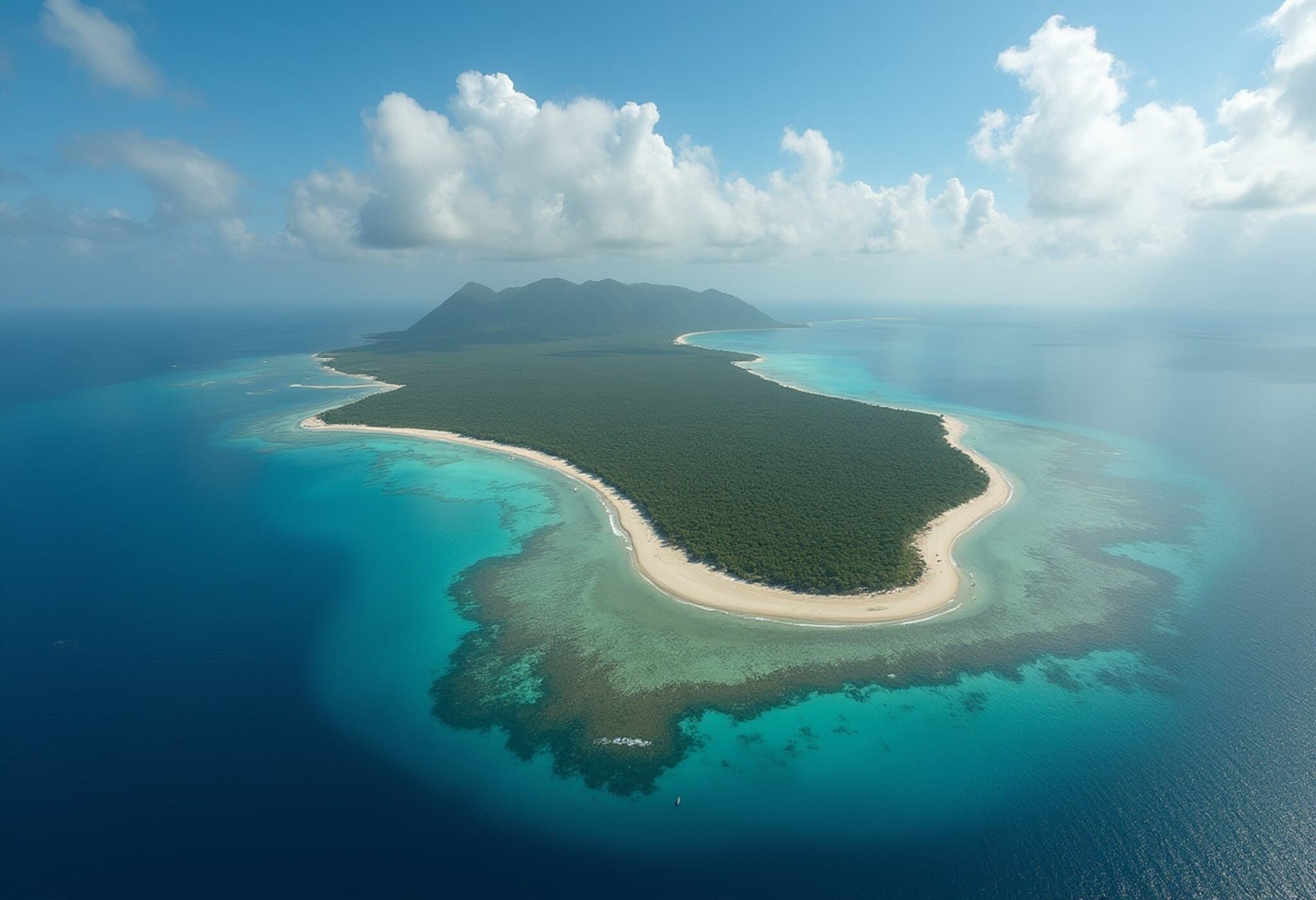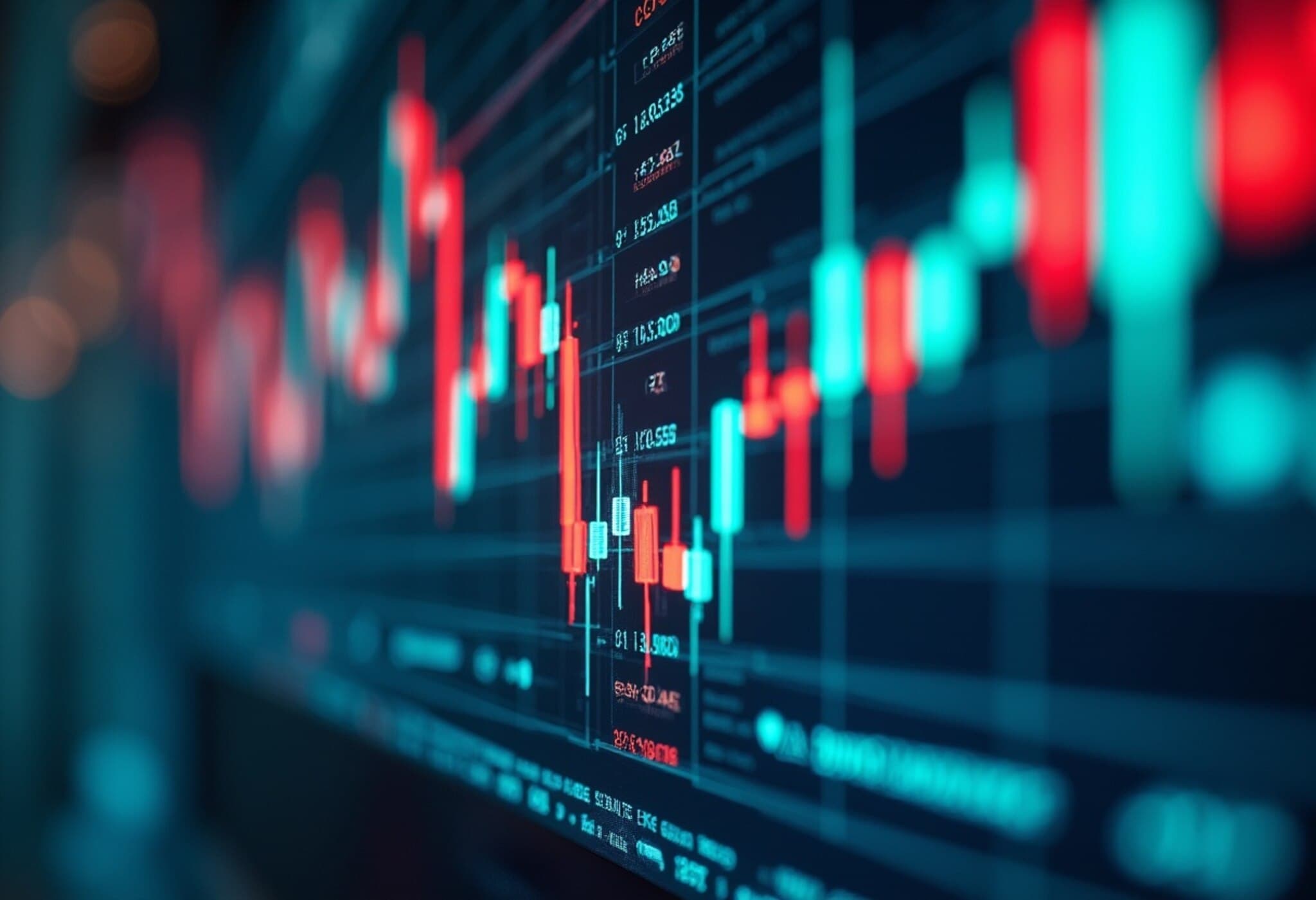Meet Ayatollah Ali Khamenei: Iran’s Powerful Supreme Leader
As Iran faces escalating Israeli airstrikes and significant regional instability, Ayatollah Ali Khamenei stands at the heart of the country’s turbulent landscape. At 86, Khamenei has endured numerous domestic and international challenges, continuously shaping Iran's military, nuclear program, and foreign policy with an iron grip. Despite being notoriously private, his influence reaches into every corner of the Iranian state.
From Humble Beginnings to Supreme Leader
Born in 1939, Khamenei first emerged as a political figure under the oppressive reign of the Shah, enduring imprisonment for his activism. Close to the revolutionary leader Ruhollah Khomeini, he rose steadily through clerical ranks and eventually served as Iran's president in the 1980s. Upon Khomeini's death in 1989, Khamenei was appointed Supreme Leader—despite not holding the traditional senior religious status—thanks to strong backing from key political factions.
The True Power Behind Iran’s Presidency
It is a common misconception outside Iran that its presidents hold the ultimate authority. In reality, Khamenei wields final control over all critical national affairs: the military, judiciary, foreign affairs, and even electoral candidates. Presidents, often more visible on the world stage, operate under his shadow. Past foreign leaders have underestimated this dynamic, focusing too much on elected figures while overlooking the Supreme Leader’s decisive role.
Building and Controlling the ‘Axis of Resistance’
Khamenei has strategically positioned Iran as a central player opposing US, Israeli, and Saudi regional influence. He orchestrated a vast network of proxy groups — including Hezbollah in Lebanon, militias in Iraq, the Houthis in Yemen, and Hamas in Gaza — forming what is known as the "Axis of Resistance." This coalition has allowed Iran to extend its reach without direct military engagement. However, recent Israeli operations have weakened some of these alliances, notably in Syria and Gaza.
Hardline Suppression of Domestic Opposition
Within Iran, Khamenei has maintained a strict stance against political dissent. Whether during the reformist movements of the late 1990s, the 2009 Green Movement, or the 2022 protests sparked by Mahsa Amini’s death, his regime’s security forces, especially the Revolutionary Guard, have responded swiftly and brutally. Mass arrests, violence, and alleged torture have been reported as the leadership ensures that no opposition threatens its authority.
Religious Authority Intertwined with Political Power
While Khamenei holds the highest clerical office, he lacks the deep religious credentials of his predecessor, Khomeini. Many Shiite followers look instead to other senior clerics, particularly in neighboring Iraq. Nevertheless, Khamenei has transformed the Supreme Leader’s role into a political powerhouse, centralizing control to unify Iran’s fragmented political landscape.
The $95 Billion Economic Empire Behind the Scenes
Behind Khamenei’s leadership lies control over an enormous economic conglomerate estimated at $95 billion, managed through an organization known as Setad. While there is no evidence he directly profits from it, this entity oversees assets ranging from oil and telecommunications to finance and even farming ventures. It has faced accusations of acquiring property through controversial means, particularly targeting religious minorities and exiled Iranians.
The Islamic Revolutionary Guard Corps: Khamenei’s Private Army
Under his guidance, the Islamic Revolutionary Guard Corps (IRGC) has grown to become Iran’s most dominant military and political force. Controlling vital missile and drone capabilities, the IRGC also holds substantial economic sway. Its elite Quds Force manages Iran’s external operations, especially across the Middle East. In exchange for their loyalty, Khamenei grants the Guard significant autonomy, cementing their role as guardians of the regime.
A Calculated and Pragmatic Strategic Mind
Though often vocal with fiery rhetoric, Khamenei exercises pragmatism in his decision-making. He balances hardline resistance with occasional engagement efforts, navigating complex geopolitical realities. Notably, in 2003 he declared nuclear weapons un-Islamic, yet firmly supports Iran's nuclear enrichment program, signaling a nuanced approach designed to safeguard his regime’s longevity.
Public Appearances are Rare, Control is Constant
Khamenei maintains a low profile, with carefully staged public events and extensive security measures. Amid recent Israeli strikes on Tehran, reports surfaced that he was relocated to a secret bunker to coordinate closely with military leaders. Though seldom seen, his sway as the ultimate commander-in-chief remains steadfast and unwavering.
Surprising Cultural Fascination: Literature and Les Misérables
Despite his stern political image, Khamenei reveals a softer side through his appreciation of literature. He has expressed admiration for Victor Hugo’s Les Misérables, describing it as a profound work highlighting themes of divinity, kindness, and compassion. This unexpected cultural interest offers a glimpse into the complexities of Iran’s enigmatic Supreme Leader.

